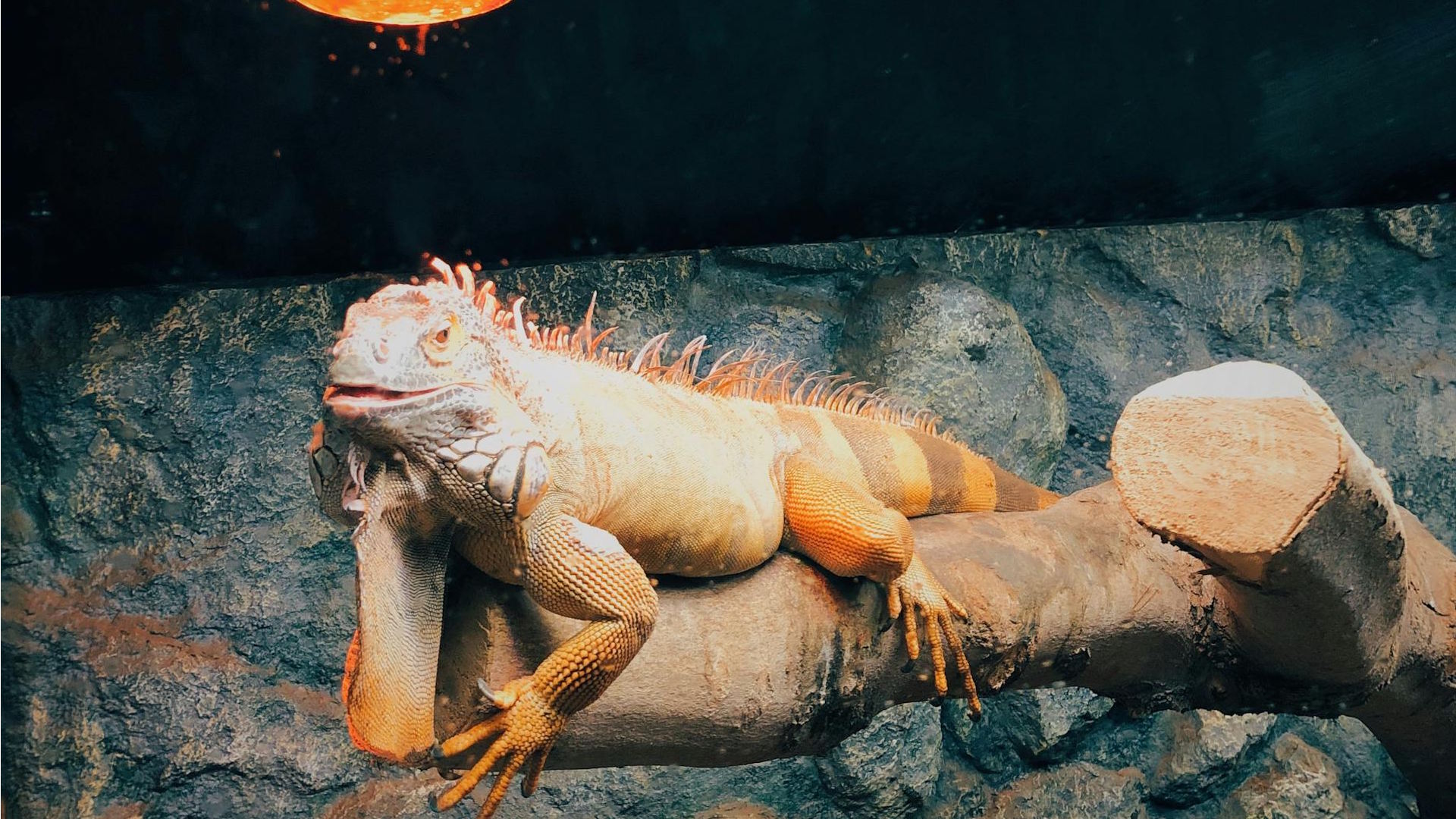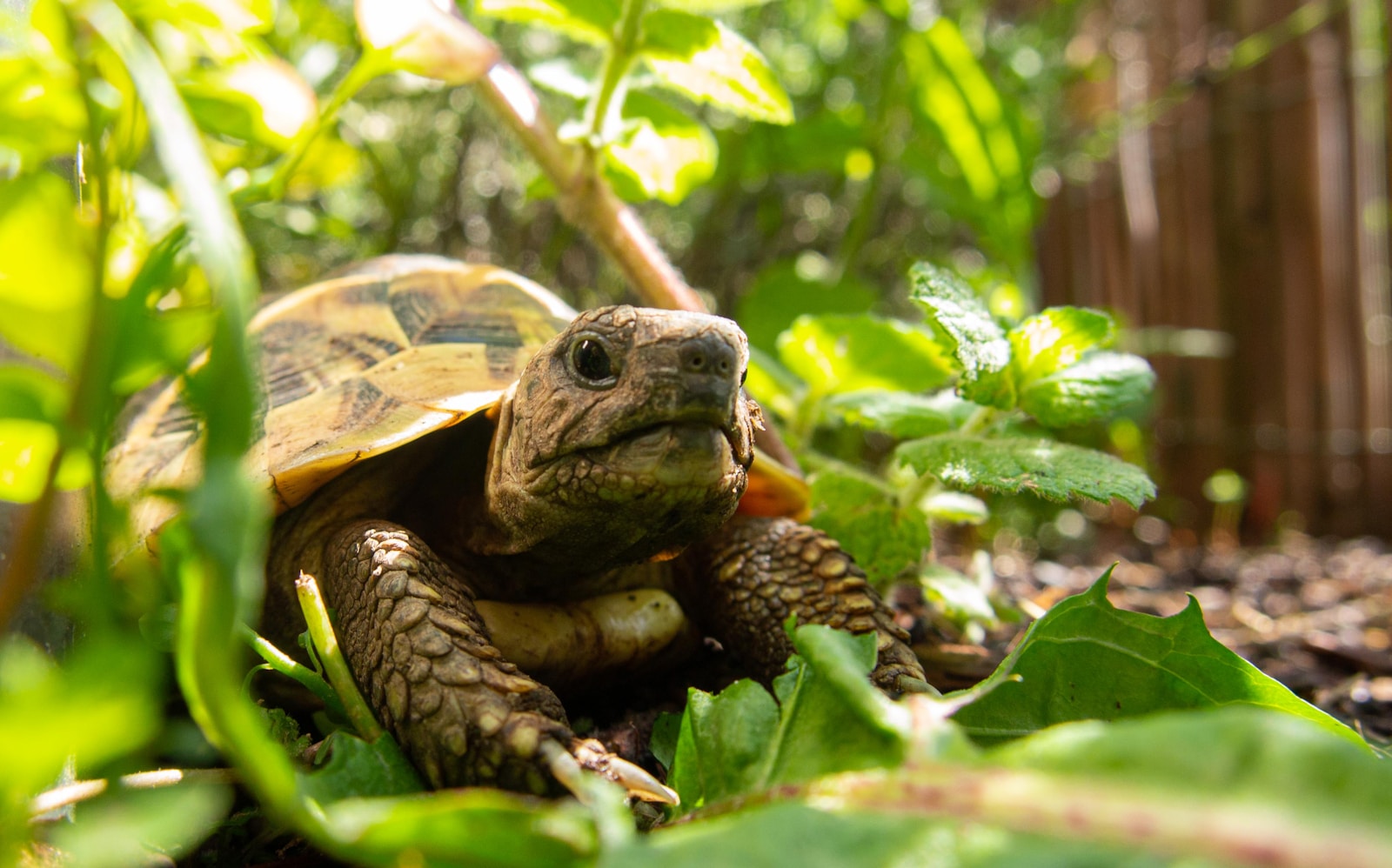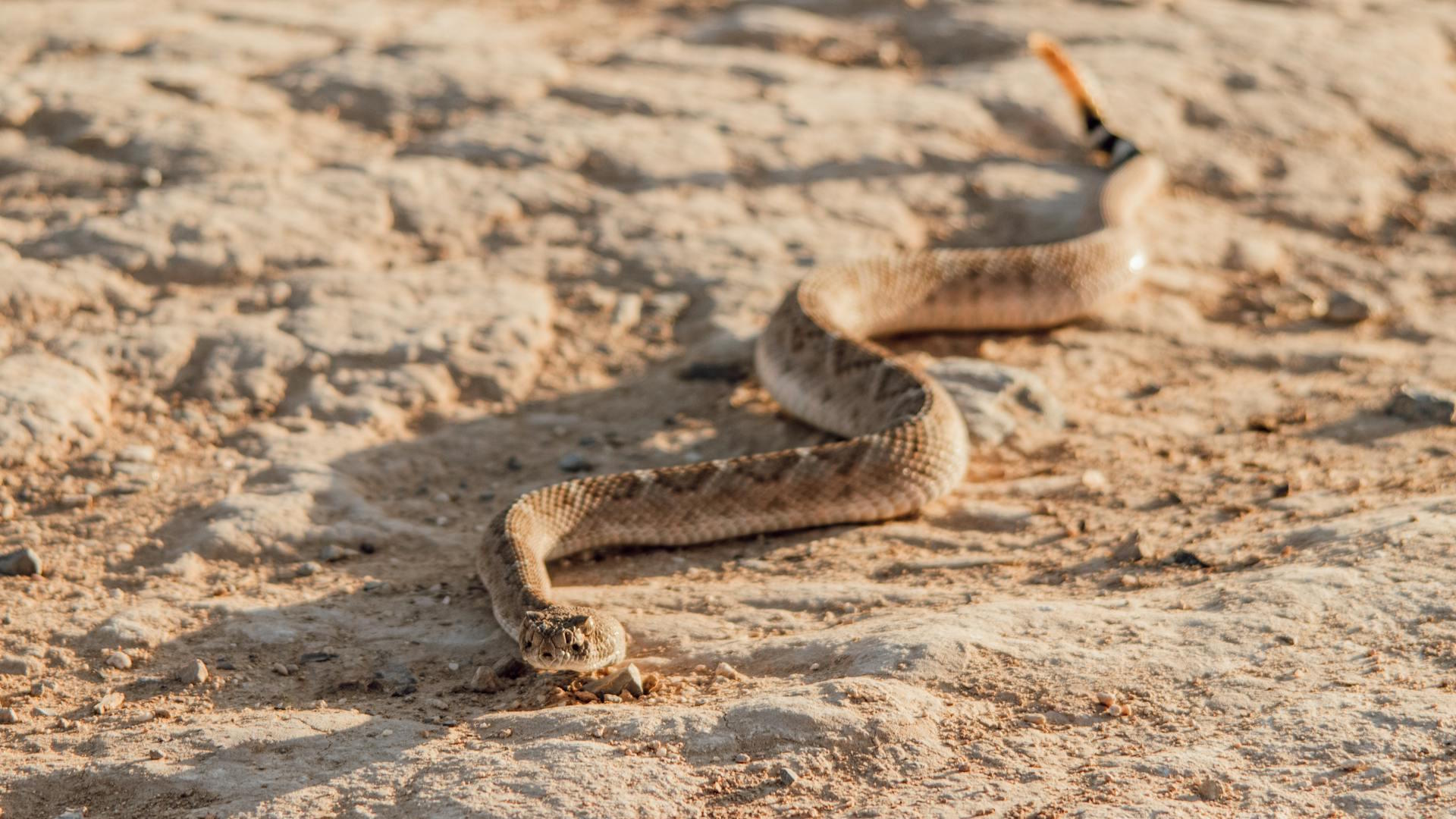Exotic pets bring unique joy and fascination to our lives, but their well-being depends heavily on our ability to recognize when something isn’t right. Unlike dogs or cats, exotic animals often mask signs of distress as a survival mechanism, making stress detection particularly challenging for owners. Understanding these subtle signals is crucial because chronic stress not only diminishes your pet’s quality of life but can lead to serious health complications and shortened lifespan. This comprehensive guide will help you identify stress indicators across various exotic species, from reptiles and birds to small mammals and amphibians, ensuring you can take prompt action when your unusual companion needs help.
Understanding Why Stress Recognition Matters

Stress in exotic pets is far more than just an emotional state—it’s a physiological response that can severely compromise their immune system and overall health. When exotic animals experience prolonged stress, their bodies continuously produce cortisol and other stress hormones that can lead to digestive issues, reproductive problems, and increased susceptibility to disease. Unlike domesticated animals that have adapted to human environments over thousands of years, exotic species retain many of their wild instincts and stress responses, making them particularly vulnerable to environmental pressures in captivity. Recognizing stress early allows for immediate intervention, potentially preventing serious health complications that might otherwise require expensive veterinary care or result in premature death.
Common Universal Stress Indicators

While different exotic species display unique stress behaviors, several indicators transcend species boundaries. Changes in appetite—whether sudden increases or decreases—often serve as the first warning sign of stress in most exotic pets. Altered sleep patterns, including excessive sleep, insomnia, or sleeping at unusual times for the species, can indicate your pet is struggling to cope with its environment. Aggression or fearfulness that seems out of character, especially in previously docile animals, frequently signals distress rather than behavioral problems. Additionally, many stressed exotic pets show reduced interest in environmental enrichment or social interaction, essentially withdrawing from activities they previously enjoyed as they conserve energy to deal with perceived threats.
Reptile-Specific Stress Signals
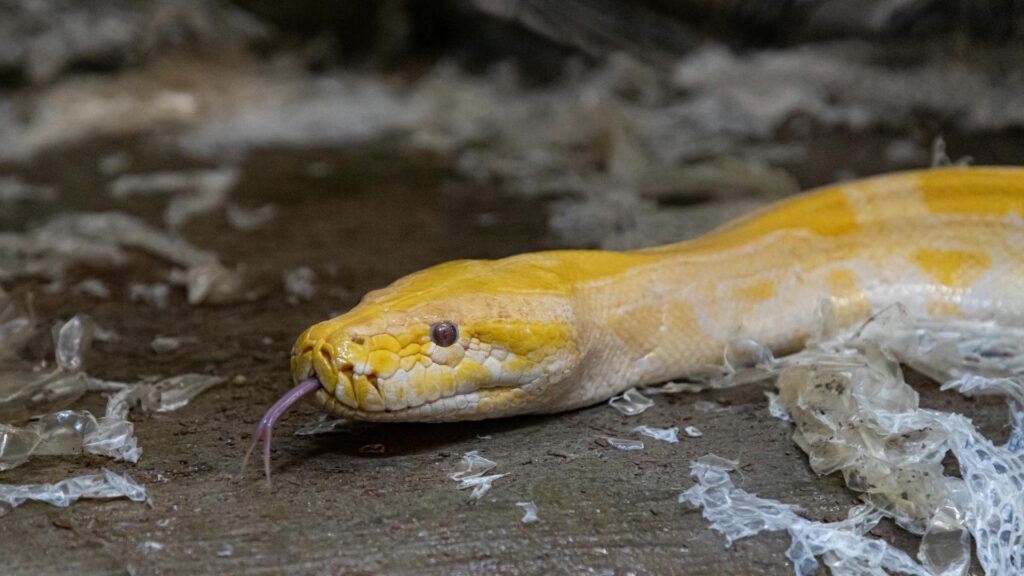
Reptiles have developed sophisticated mechanisms to hide illness or weakness, making stress detection particularly challenging for owners. Glass surfing—when snakes, lizards, or turtles repeatedly rub against or climb the walls of their enclosure—indicates anxiety about their environment or territory. Unusual color changes that aren’t associated with normal thermoregulation, particularly darkening in bearded dragons or chameleons displaying dull or black coloration, often signal significant distress. Head-bobbing or arm-waving in lizards outside of breeding season typically indicates nervousness or perceived threats in their environment. Additionally, repetitive behaviors like circling, excessive digging, or unusual breathing patterns (like gaping in species that don’t normally thermoregulate this way) suggest your reptile is experiencing stress that requires immediate attention and environmental modification.
Bird Stress Behaviors to Watch For
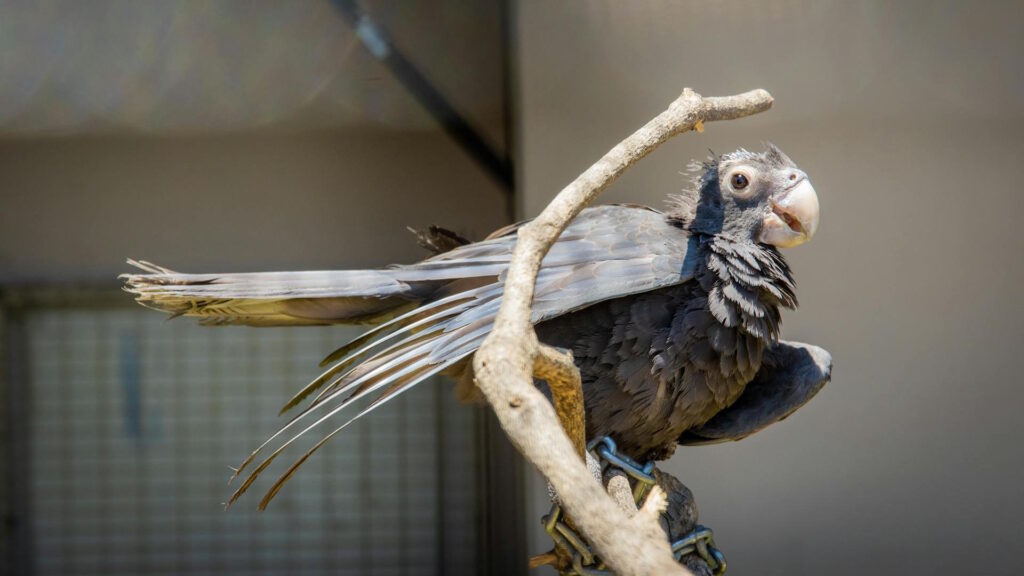
Birds are highly intelligent and sensitive creatures whose stress responses can be both obvious and subtle depending on the species. Feather plucking or self-mutilation represents one of the most serious stress manifestations, where birds literally damage their own plumage or skin as a coping mechanism for psychological distress. Excessive vocalization or sudden silence in normally vocal species indicates significant emotional upset, as birds use vocalization to communicate their state of well-being. Stereotypic behaviors—repetitive movements that serve no apparent purpose like pacing, head-swinging, or route-tracing—develop when birds cannot express natural behaviors or feel chronically threatened. Stressed birds may also show altered droppings, including more frequent, watery, or discolored excrement, as their digestive system responds to elevated stress hormones.
Small Mammal Stress Indicators

Exotic small mammals like sugar gliders, hedgehogs, and chinchillas display stress in ways that can sometimes be mistaken for normal behavior by inexperienced owners. Overgrooming to the point of creating bald patches or skin lesions indicates extreme anxiety, particularly in species like chinchillas and sugar gliders that naturally maintain meticulous hygiene. Teeth grinding or chattering outside of contentment scenarios (some species make similar sounds when relaxed) often signals pain or distress requiring veterinary attention. Bar-chewing or attempted escape behaviors suggest inadequate environmental enrichment or housing that’s too small for the species’ natural ranging behaviors. Many stressed small mammals also display changes in their social dynamics, including increased aggression toward cagemates or unusual clinginess to owners, as their social bonds are affected by their psychological state.
Amphibian Stress: Subtle But Serious
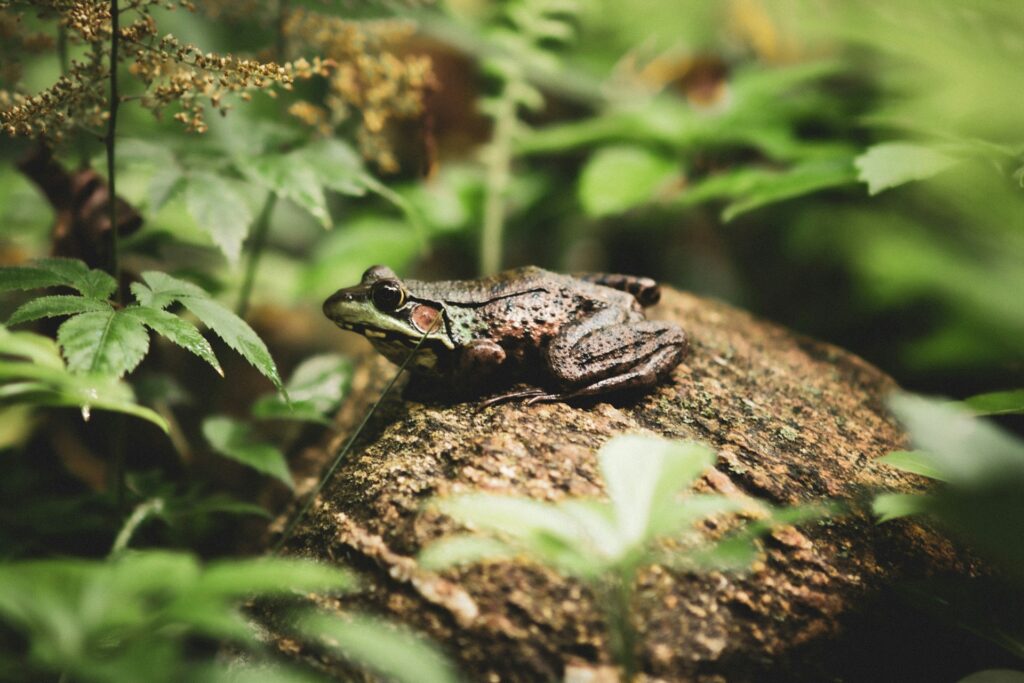
Amphibians like frogs, toads, and salamanders show stress in particularly subtle ways that require careful observation from attentive owners. Unusual posturing, such as remaining flattened against surfaces or adopting defensive positions when no threat is present, indicates your amphibian feels perpetually threatened in its environment. Color changes, especially darkening or dulling of normally vibrant patterns, often signal stress responses as the animal’s physiology responds to perceived danger. Reduced activity during times when the species would normally be active, or conversely, frantic activity during rest periods, suggests disruption to natural biological rhythms due to environmental stressors. Many stressed amphibians also show changes in their skin condition, including excessive mucus production, dryness in species that should remain moist, or delayed shedding cycles, all of which can lead to secondary infections if the underlying stress isn’t addressed.
Environmental Factors That Cause Stress

The environment plays a crucial role in exotic pet stress levels, with seemingly minor issues potentially causing significant distress. Inappropriate temperature gradients or humidity levels, even when only slightly outside the species’ optimal range, force the animal to expend extra energy on thermoregulation, creating chronic stress that compromises immunity. Insufficient hiding places or exposed enclosures prevent many exotic species from following their natural instinct to retreat when feeling threatened, leading to constant vigilance and elevated stress hormones. Inappropriate lighting, particularly too-bright conditions for nocturnal species or insufficient UVB for diurnal reptiles, disrupts natural biological rhythms and vitamin synthesis pathways. Additionally, noise pollution, vibrations, or frequent enclosure relocations can severely impact sensitive species like reptiles and amphibians that interpret these disturbances as predator activity.
Social Stressors for Group-Living Species

Many exotic pets are highly social creatures that suffer significant stress when their social needs aren’t properly met. Inappropriate group composition, such as incorrect male-to-female ratios or mixing incompatible individuals, creates tension that prevents natural social behavior and can lead to fighting or chronic anxiety. Housing naturally solitary species in groups (or vice versa with social species kept alone) fundamentally violates their evolutionary behavioral adaptations and creates persistent stress that no environmental enrichment can fully mitigate. Competition for resources, particularly when feeding stations, water sources, or preferred resting areas are insufficient for group size, forces lower-ranking individuals to remain constantly vigilant and potentially go without needs being fully met. For many social exotics, changes to group dynamics through introduction of new animals or loss of established members can trigger profound stress responses that require careful management and monitoring.
Dietary Stress Factors
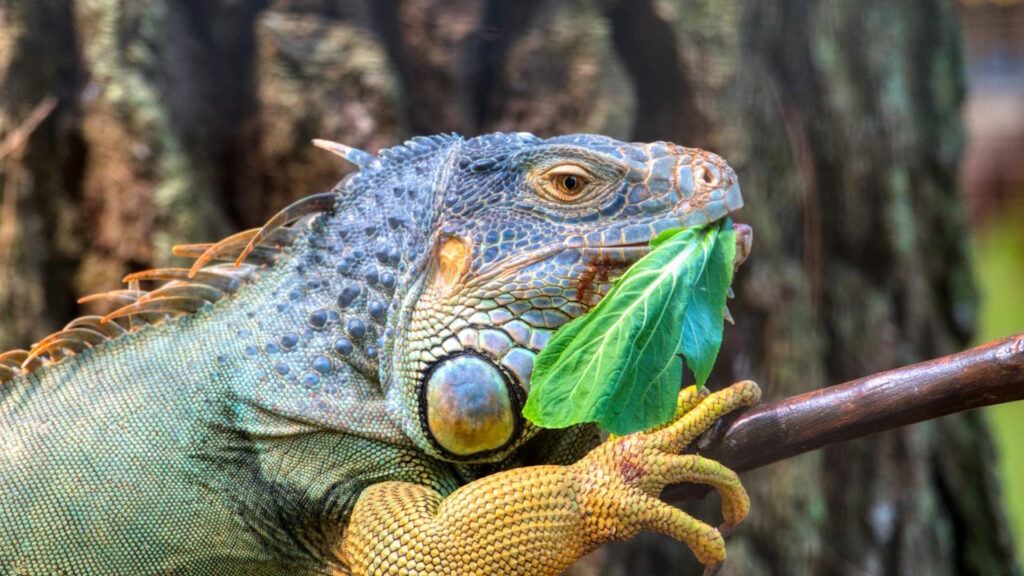
Improper nutrition represents one of the most common yet overlooked sources of chronic stress in exotic pets. Nutrient deficiencies, even when calories seem adequate, force the animal’s body to compensate physiologically, creating internal stress as systems struggle to function without proper building blocks. Inappropriate feeding schedules that don’t align with the species’ natural foraging patterns can disrupt digestive processes and prevent the expression of natural feeding behaviors that provide psychological satisfaction. Food items that are too large, too small, or presented in ways that don’t allow for natural hunting or foraging behaviors deprive the animal of important stimulation and exercise. Many exotic species also experience significant stress when diet lacks variety, as their evolutionary adaptations have prepared them to obtain different nutrients from diverse food sources throughout different seasons.
Handling-Related Stress Signs

Even well-intentioned handling can create significant stress for many exotic species that haven’t evolved to appreciate physical contact with larger animals. Defensive postures during handling, including puffing up, hissing, flattening, playing dead, or attempting to flee, indicate the animal perceives the interaction as threatening rather than positive. Post-handling stress behaviors such as hiding for extended periods, refusing food, or displaying aggression toward caretakers after being returned to the enclosure suggest the experience was traumatic rather than enriching. Physiological stress responses during handling, including rapid breathing, elevated heart rate (visible in some species), trembling, or evacuation of bowels, signal fear responses that warrant immediate return to the enclosure. Some species also show anticipatory stress when they observe handling preparations, responding with avoidance behaviors or distress calls before physical contact even occurs.
Monitoring Health Parameters

Regular health monitoring provides valuable objective data to complement behavioral observations when assessing stress in exotic pets. Weight fluctuations, particularly unexpected weight loss despite adequate food intake, often indicate the metabolic effects of chronic stress hormones breaking down body tissues. Changes in waste production, including volume, consistency, color, or frequency, reflect how stress affects the digestive system and can provide early warning of developing health issues. For species where it’s possible to measure, changes in respiratory rate, particularly sustained elevation outside of exercise or heat-regulation contexts, indicate physiological stress responses that may require veterinary attention. Establishing baseline health parameters during times of apparent contentment creates valuable comparative data that helps identify subtle shifts that might otherwise go unnoticed until they become severe problems.
When to Seek Veterinary Care
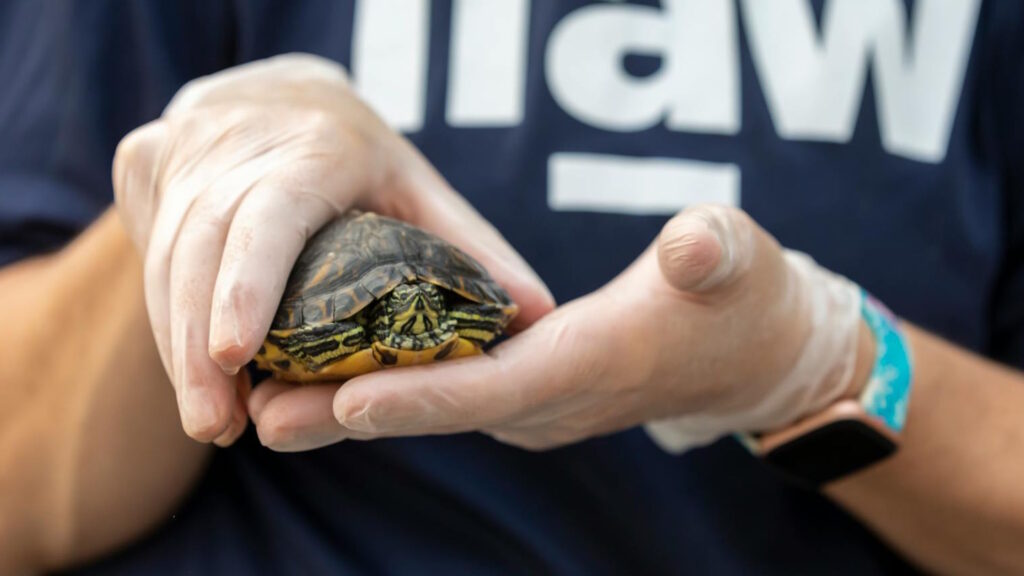
While some stress behaviors can be addressed through environmental modifications, certain signs warrant immediate professional attention. Any stress behavior that causes self-injury, such as severe feather plucking in birds or self-mutilation in mammals, requires veterinary intervention as these behaviors can quickly become habit-forming even after the original stressor is removed. Prolonged refusal to eat (species-dependent, but generally concerning after 24-48 hours for small mammals and birds, or several days for reptiles) can quickly become life-threatening, particularly in species with high metabolic rates. Neurological symptoms like tremors, seizures, or incoordination may indicate that stress has progressed to a physiological crisis requiring emergency care. Additionally, any sudden and dramatic personality change combined with physical symptoms suggests underlying medical conditions that may be causing or resulting from stress, requiring diagnostic evaluation beyond what owners can provide at home.
Creating a Stress-Reduction Plan
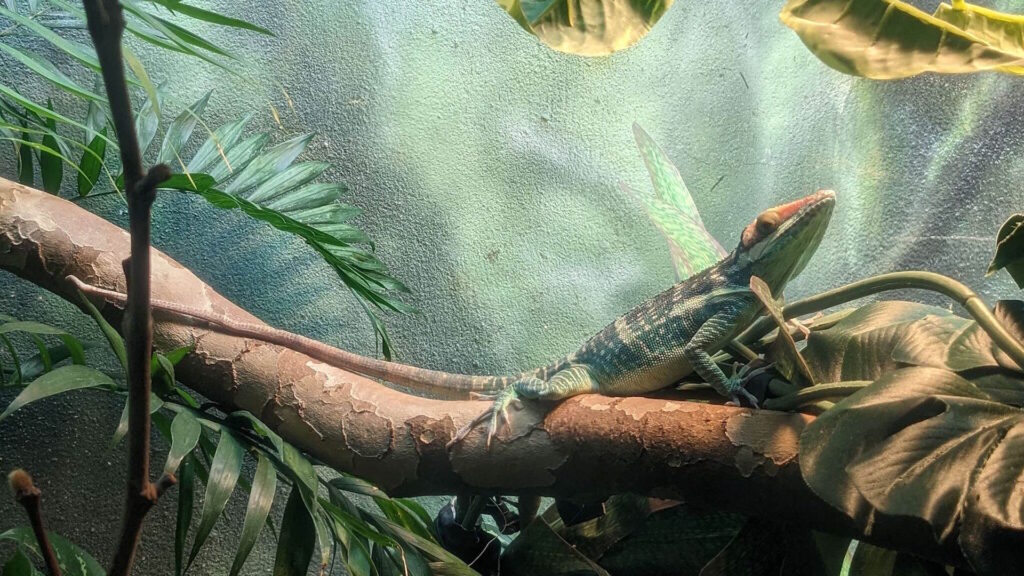
Addressing identified stressors requires a systematic approach rather than random changes that might create additional stress through environmental instability. Begin with a complete habitat evaluation, methodically assessing temperature gradients, humidity levels, lighting cycles, substrate appropriateness, and enclosure size against species-specific requirements rather than general exotic pet guidelines. Implement enrichment strategies that specifically target natural behaviors for your pet’s species, such as foraging opportunities for animals that naturally spend significant time searching for food, or climbing structures for arboreal species. Address any social stressors by adjusting group composition, creating visual barriers within enclosures, or providing additional resources to reduce competition. Establish a consistent routine for necessary handling procedures, feeding times, and environmental maintenance to provide predictability that helps many exotic species feel secure in captive environments where they cannot control their circumstances.
Conclusion

Recognizing stress in exotic pets requires dedication, observation, and species-specific knowledge that goes beyond general pet care principles. By learning to interpret your unique pet’s behavioral language, you become better equipped to provide an environment that supports both physical and psychological well-being. Remember that stress indicators often appear subtly before progressing to more obvious symptoms, making regular, attentive observation crucial to catching problems early. When you notice concerning changes, document them thoroughly, implement appropriate environmental modifications, and don’t hesitate to consult exotic veterinary specialists who understand the unique needs of your particular species. Your exotic pet’s health and longevity depend largely on your ability to recognize when they’re communicating distress, making stress detection one of the most valuable skills any exotic pet owner can develop.

